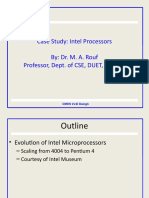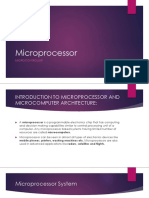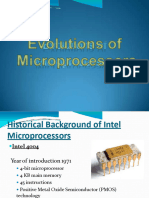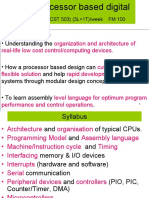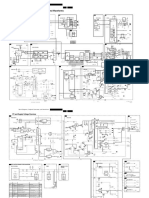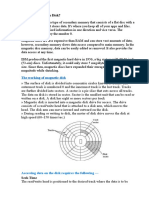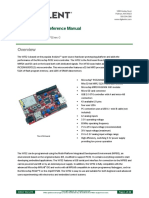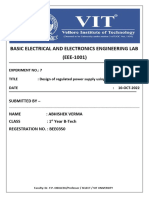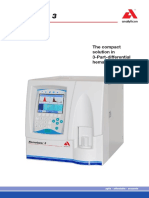0% found this document useful (0 votes)
50 views20 pagesLecture 2 - Microprocessor
microprocessor basic
Uploaded by
tawfiayCopyright
© © All Rights Reserved
We take content rights seriously. If you suspect this is your content, claim it here.
Available Formats
Download as PDF, TXT or read online on Scribd
0% found this document useful (0 votes)
50 views20 pagesLecture 2 - Microprocessor
microprocessor basic
Uploaded by
tawfiayCopyright
© © All Rights Reserved
We take content rights seriously. If you suspect this is your content, claim it here.
Available Formats
Download as PDF, TXT or read online on Scribd
/ 20




